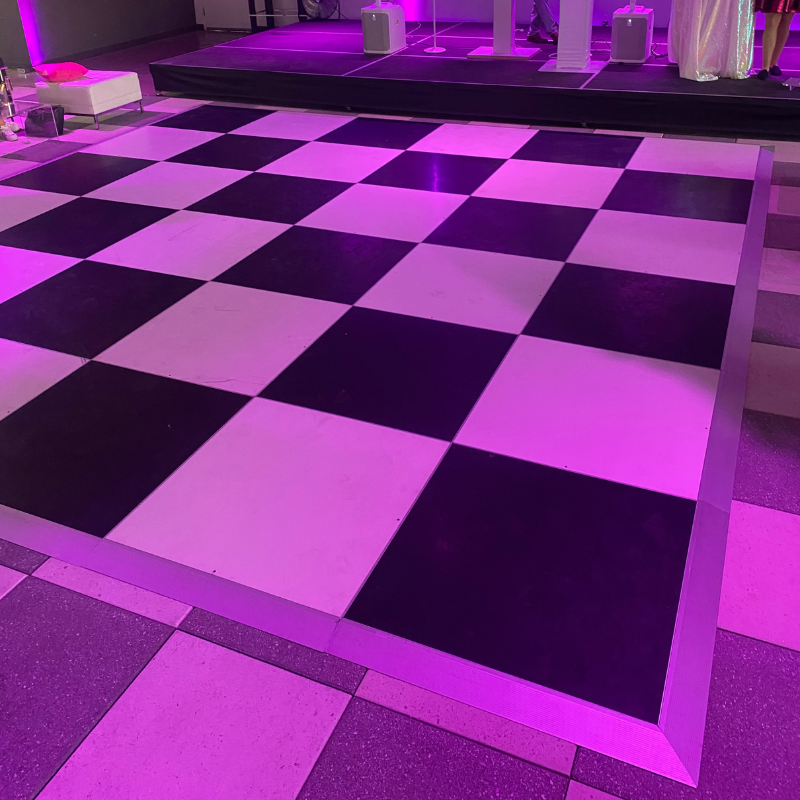Exploring the Diverse Materials That Convert Dance Surfaces into Breathtaking Visual Displays
Exploring the Diverse Materials That Convert Dance Surfaces into Breathtaking Visual Displays
Blog Article
Dance surfaces have developed considerably over the decades, becoming increasingly than just a space to dance to melodies. Today, they are transformed into breathtaking aesthetic encounters through the use of various materials and techniques. These substances not only improve the aesthetic attractiveness of the space but also improve the complete encounter for performers and audiences alike. Understanding the versatile materials that contribute to these dynamic environments can offer understanding into the craft of dance floor design.
One of the most common substances used in contemporary dance floors is light-emitting diode illumination. Light-emitting diode lights are power-saving and can generate a broad range of hues and effects. They can be integrated in the floor directly or used as part of a illumination setup over the dance floor. This technology allows for synchronized light shows that can change in response to the melodies, creating an immersive experience. The capability to program these lamps means that they can be customized to fit different concepts or atmospheres, making each occasion distinct.
Another important material is mirror-like surfaces, such as reflectors or shiny tiles. These surfaces can create an deception of area and dimension, making the dance floor seem larger than it is. When performers move, their reflections can add an additional layer of visual appeal, enhancing the complete performance. Additionally, you can look here mirror-like materials can engage with lighting effects, amplifying the hues and designs displayed on the floor. This combination of illumination and mirroring can captivate audiences and boost the energy of the event.
In furthermore to illumination and reflective substances, the use of digital screens has become increasingly common in dance floor design. These screens can show vibrant visuals, graphics, or even real-time feeds of the performance. By integrating digital technology, event planners can create a multi-sensory experience that involves both the performers and the audience. The ability to alter images in real-time allows for a dynamic environment that can adjust to the rhythm and energy of the melodies, making each instance feel fresh and exciting.
Additionally, the selection of flooring material itself plays a crucial role in the complete encounter. Traditional wooden dance floors are still favored for their strength and functional qualities. However, newer materials like vinyl and rubber are becoming favor due to their versatility and ease of maintenance. These materials can provide superior shock absorption, reducing the risk of harm for performers. Additionally, they can be crafted with multiple patterns and colors, allowing for artistic expression in the dance floor's look.
In summary, the evolution of dance floors into stunning visual experiences relies on a mix of innovative materials and techniques. Light-emitting diode illumination, reflective surfaces, electronic screens, and customized flooring materials all contribute to creating an captivating setting for performers and spectators. As innovation continues to progress, the possibilities for improving dance floor creation will only expand, making upcoming events even more captivating and unforgettable. Comprehending these materials helps value the craftsmanship involved in creating environments where dance and melodies come together in harmony.